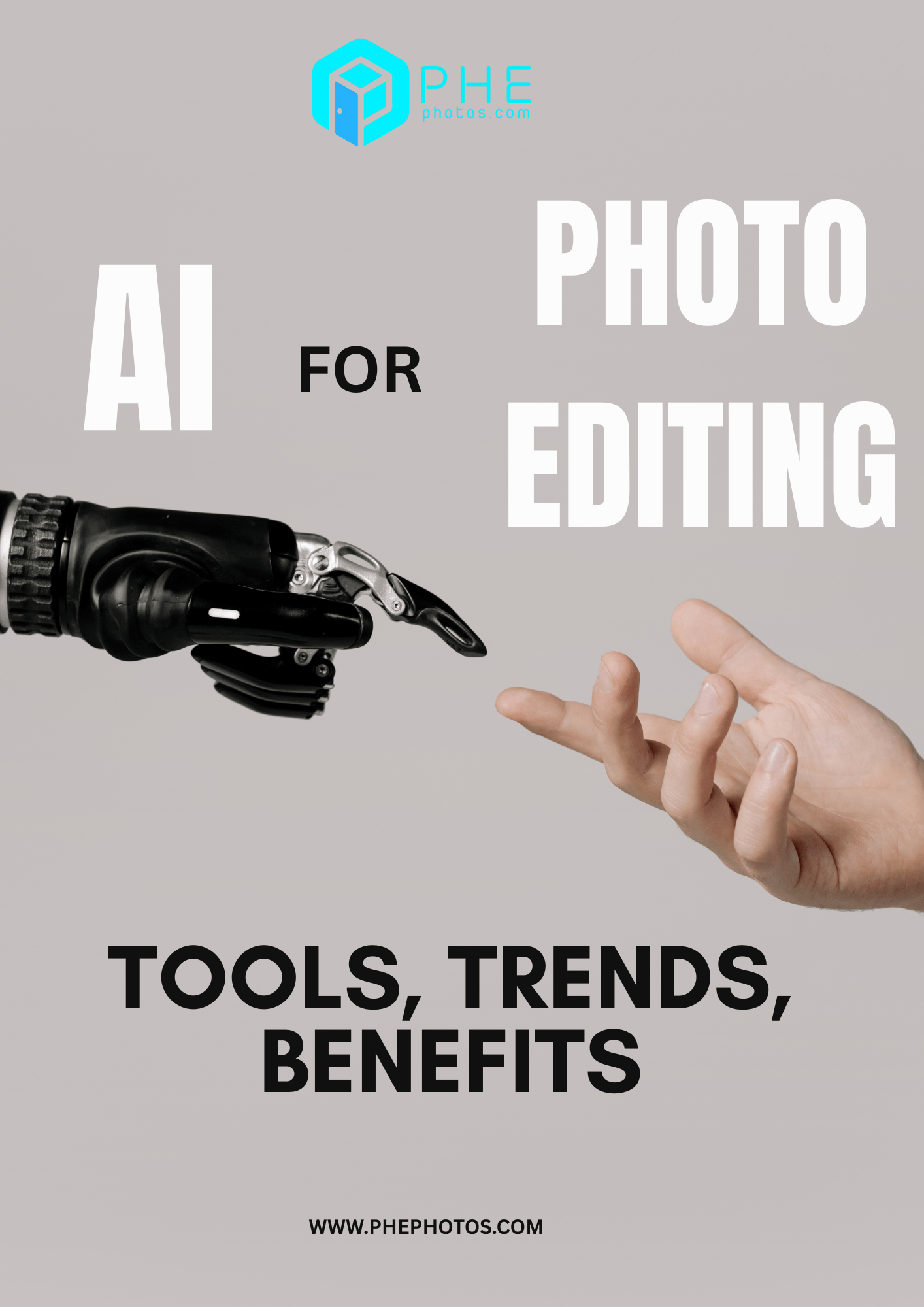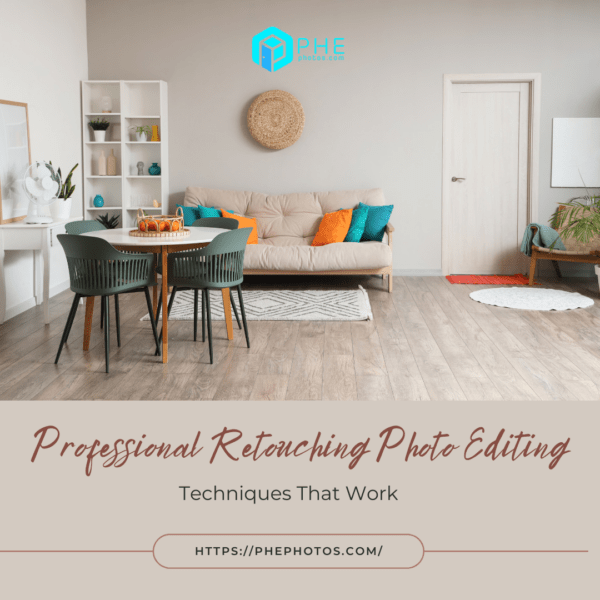AI for Photo Editing: Tools, Trends, Benefits
Artificial intelligence (AI) is reshaping many industries, and photo editing is no exception. In 2025, AI tools are now essential for both professionals and beginners. This blog explores how AI enhances photo editing, the best tools available, and what trends are emerging.
What is AI for Photo Editing?
AI for photo editing uses machine learning to automate or enhance image manipulation. It can perform tasks like object removal, lighting correction, and background changes. AI can detect features, analyze composition, and apply edits without manual effort.
AI is now more accurate thanks to neural networks and deep learning. These technologies understand image patterns, making results cleaner and more natural. Users no longer need advanced skills to achieve professional-quality edits.
Why AI is Transforming the Editing Process
Traditional photo editing requires time, tools, and expertise. In contrast, AI simplifies the workflow. It saves hours of manual work with just a few clicks.
AI helps reduce human error. For example, an AI tool can detect skin tones and retouch blemishes consistently. It also maintains high resolution during edits, which is crucial for print and web use.
In 2025, AI photo editors are accessible across platforms like desktop apps, smartphones, and cloud software. This flexibility allows users to work from anywhere at any time.
Latest AI Tools for Photo Editing in 2025
Several AI photo editors are leading the market this year. Here are a few noteworthy tools:
1. Adobe Photoshop AI (Generative Fill)
In 2024, Adobe launched its AI-based “Generative Fill.” By 2025, it’s a must-have for photographers. It removes or adds objects based on text prompts. It works seamlessly with layers and masks.
2. Luminar Neo with GenAI
Skylum’s Luminar Neo now includes GenAI features. These include portrait retouching, background blur, and AI sky replacement. Its user interface is beginner-friendly yet powerful.
3. Canva AI Magic Edit
Canva’s Magic Edit lets users enhance social media visuals fast. In 2025, their AI can swap objects or improve lighting in seconds.
4. Fotor AI Photo Editor
Fotor now offers batch AI editing. It adjusts exposure, sharpness, and tone for multiple photos at once.
Key Benefits of Using AI for Editing
AI photo editing brings several key advantages in 2025:
1. Speed and Efficiency
AI can edit hundreds of photos faster than human editors. It’s ideal for real estate, fashion, and social media content.
2. Consistency
With AI, you maintain the same look across multiple images. This is critical for branding and portfolio work.
3. Accessibility
AI makes editing accessible to non-designers. Even someone with zero experience can achieve great results.
4. Cost Savings
You can reduce the need for large editing teams or outsource services. AI handles most tasks automatically.
5. Creativity Enhancement
AI allows more room for creativity. Users can experiment with looks quickly without spending hours on manual edits.
Popular Use Cases in 2025
AI photo editing is useful across various industries:
- Real Estate: Enhance property photos with virtual staging and sky replacement.
- E-commerce: Create product shots with uniform backgrounds.
- Marketing: Design quick visual ads with consistent branding.
- Portrait Photography: Smooth skin, adjust lighting, and remove distractions in seconds.
Limitations and Ethical Considerations
AI still has some limitations. It can sometimes misidentify objects or over-process photos. Overuse can make images look unnatural.
Ethical concerns also arise. Some worry about AI-generated images misleading viewers. Clear labeling and human review help address these concerns.
It’s also important to avoid replacing human artists completely. AI should assist—not replace—human creativity.
Trends to Watch in 2025
AI in photo editing continues to evolve. These trends are shaping the industry this year:
1. Prompt-Based Editing
Text-to-image editing is becoming mainstream. Users can describe edits, and AI performs them instantly.
2. AI-Powered Mobile Apps
More apps like Lensa and Photoleap now offer real-time AI editing on phones. This trend grows fast in 2025.
3. Cloud-Based AI Editors
Online platforms are integrating collaborative AI tools. Editors can work in teams, sharing real-time changes across the cloud.
4. Personalized AI Models
Some platforms now train AI based on your editing style. This allows a fully personalized editing workflow.
Final Thoughts
AI for photo editing is not a passing trend. It is a powerful tool changing how we work with images. In 2025, it brings speed, quality, and creativity to every project.
Whether you’re a professional or a hobbyist, AI helps you edit smarter and faster. Choose the right tool, stay ethical, and embrace the change.
Read more:
Best Free Virtual Staging Apps for 2025
Why Professional Real Estate Photography Is Essential for Every Listing
Real Estate Photo Editing Solution: 2025’s Visual Marketing Revolution











